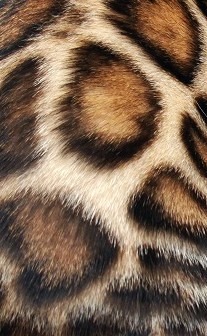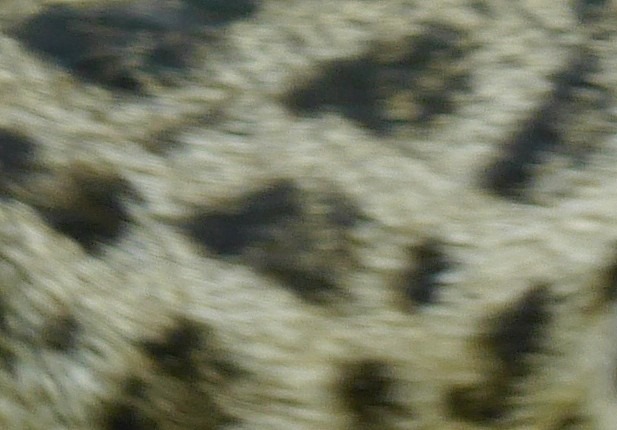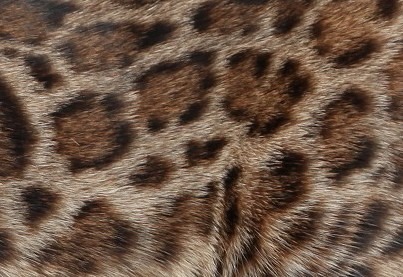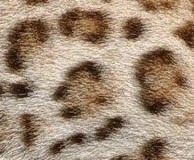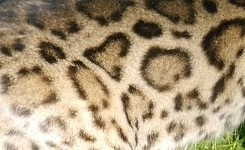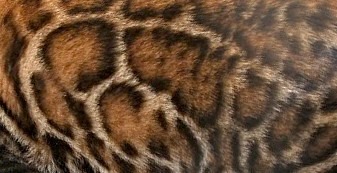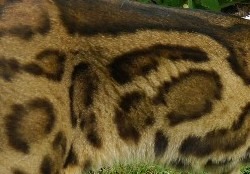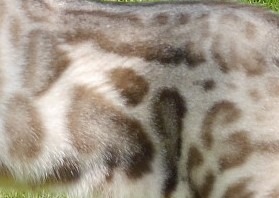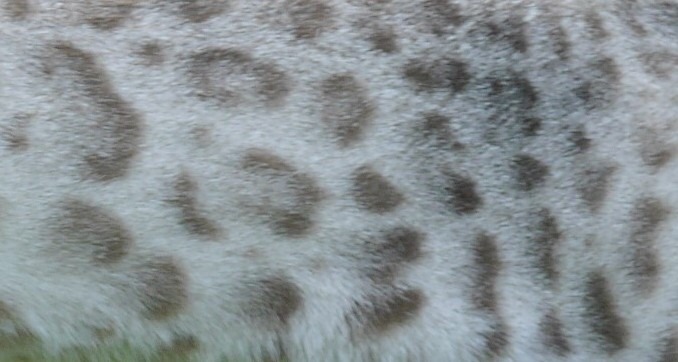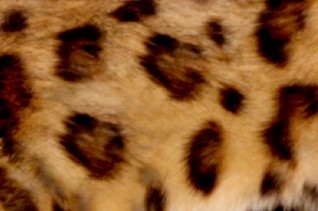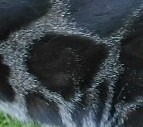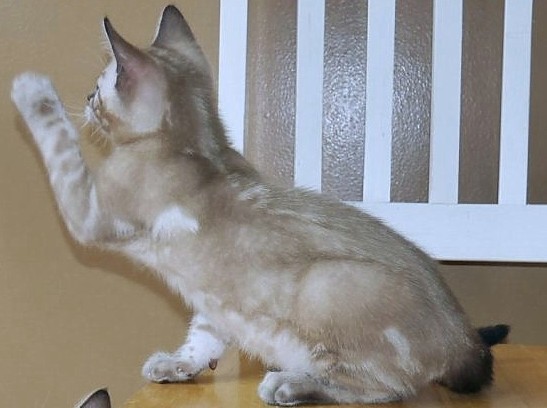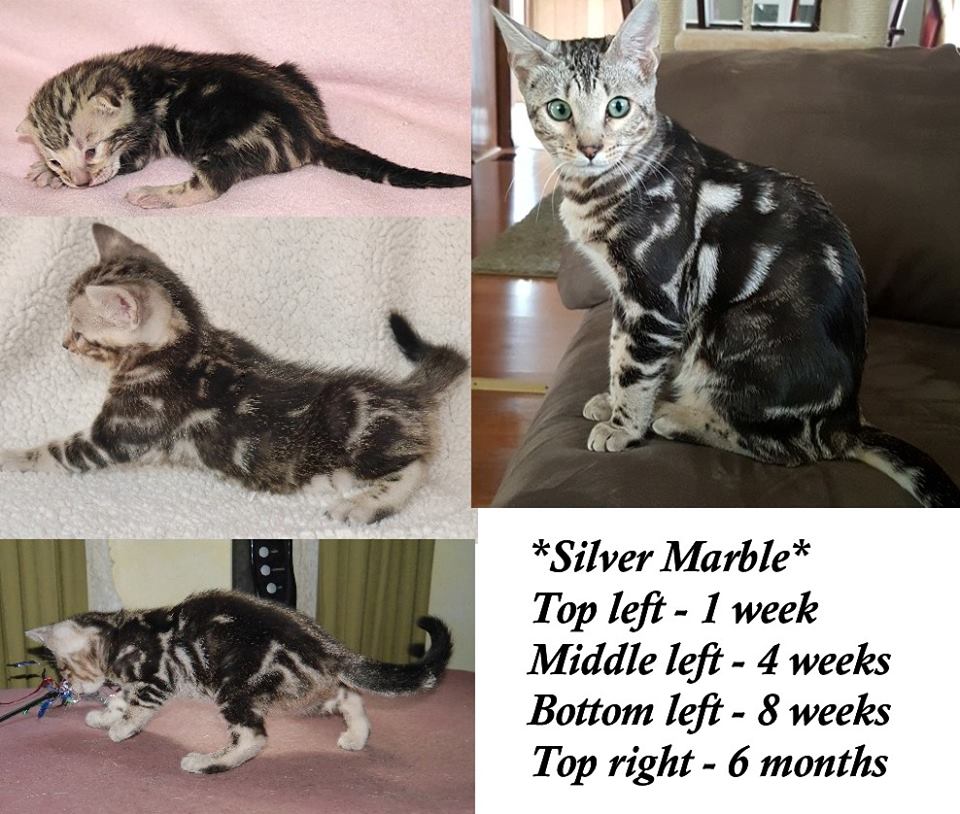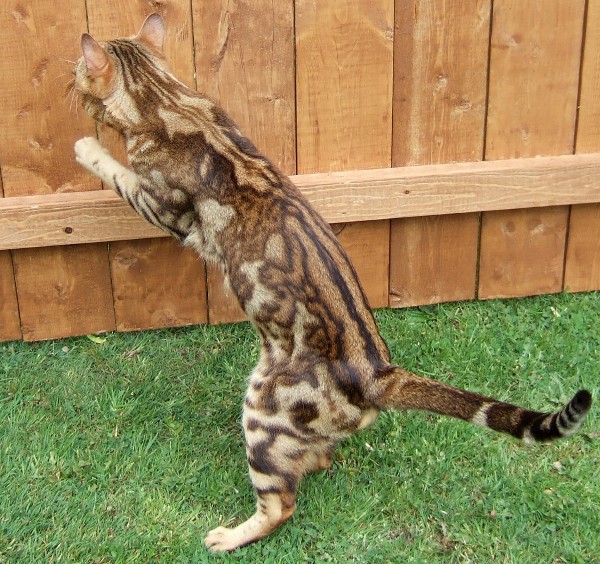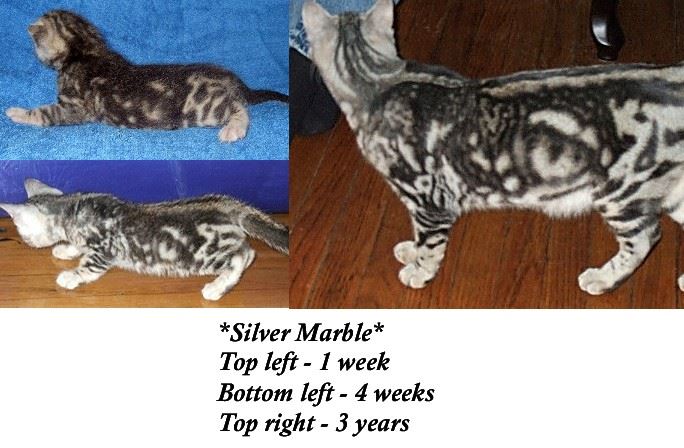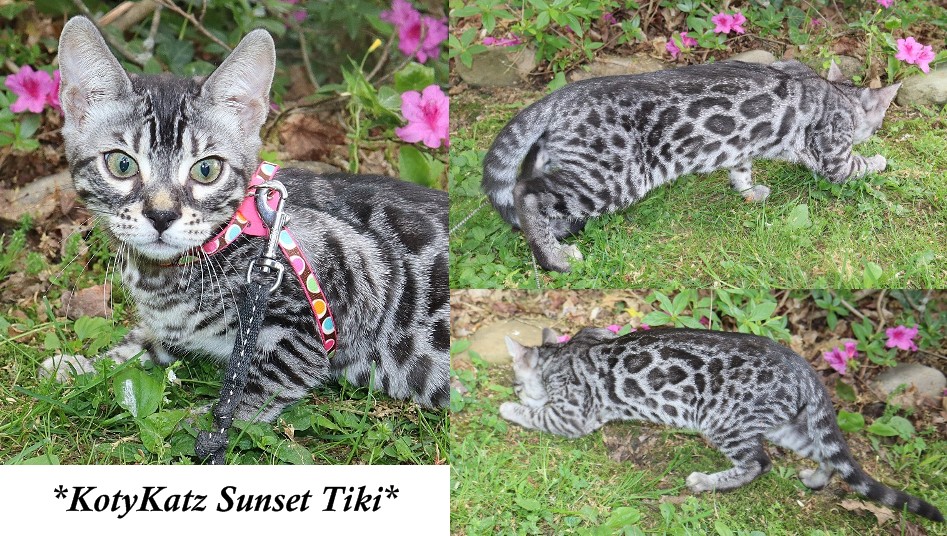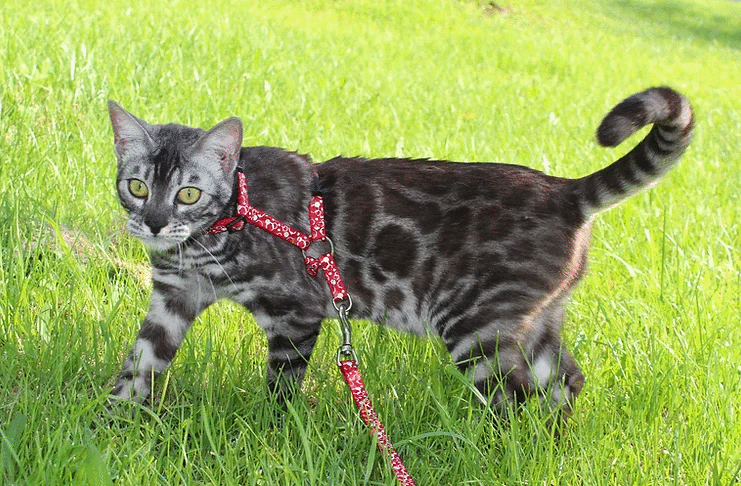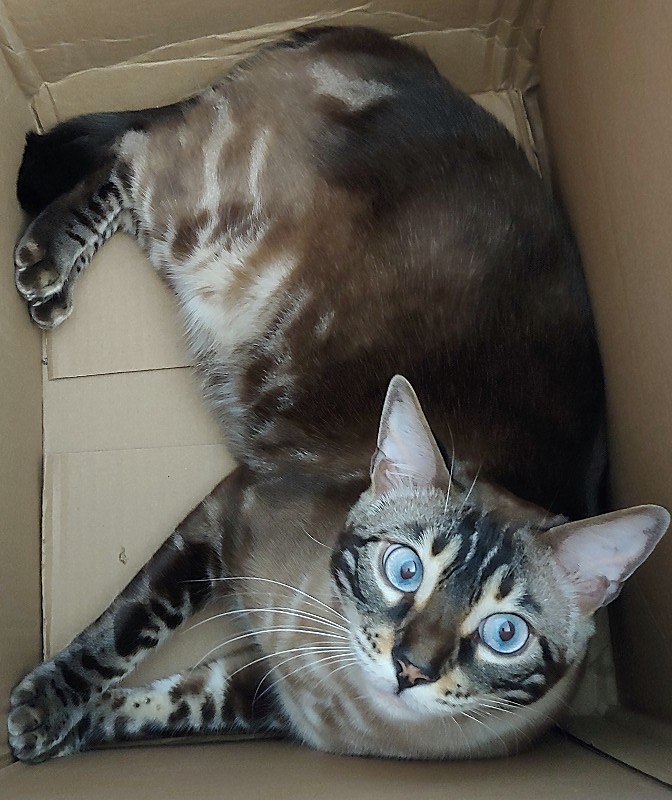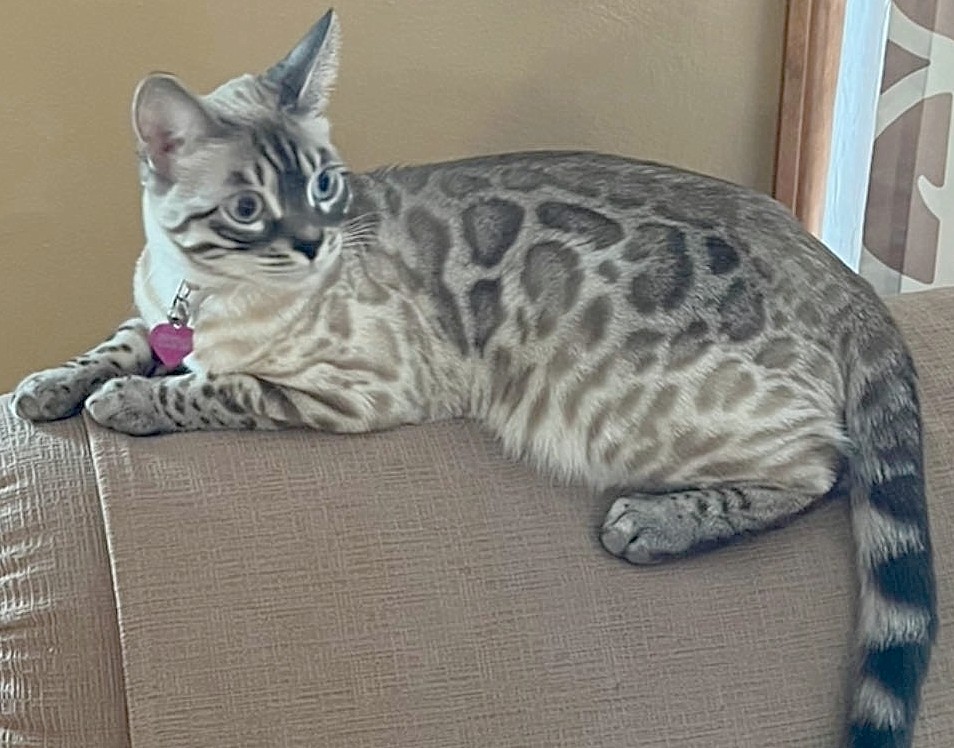Spotted, Marble, and Charcoal
When it comes to the look of a Bengal there are three distinct patterns: Spotted, Marble, and Charcoal. Within those pattern categories there are sub categories some of which I will try to describe for better understanding. These patterns come in many colors and can have different amounts of acreage, space in between pattern markings. A Bengal’s coat can be glittered, which means they have the appearance of gold or silver dusting the coat. Or not glittered.
The Spotted Bengal: Rosetted or Solid Spotted
Rosetted Bengal spots are spots that have more than one color. Some are outlined with a darker color with a lighter color in the center. For example, a donut rosette. Some rosettes have an arrow head shape and some look like paw prints. Rosetted spots can be REALLY big circular pancake rosetting or clouded rosetting which has large puzzle piece shapes with little acreage. Rosettes can have larger patterns and irregular shapes with more acreage like a “sparble” Bengal or the rosetting can be smaller in size.
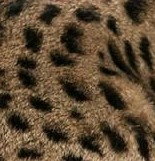
Solid Spotted is exactly what it sounds like. A solid color to the spot. To the left is an example of smaller solid spotting. The spots can be BIG spots or teeny tiny itty bitty spots. But always solid in color.
The Marble Bengal
Marble Bengals originated from the “classic tabby” pattern that can be found on many purebred cat breeds and regular domestic tabbys. The regular “classic tabby” pattern has a more circular pattern with a bulls eye in the center. Something beautiful happened when the classic tabby pattern genetics crossed with those of the Asian Leopard Cat, the Marble Bengal was created! Marble patterned Bengals remind me of a piece of art with each being different and unique. The marble patterned Bengal can have just a few colors, or many many more incorporated into their beautiful coats. I have detected up to 5 colors on some of my own marble cats and kittens! The marble patterning in a Bengal should have a horizontal flow, leading your eye from the front of the cat to the back with as little circular patterning as possible. It can sometimes be hard to see the horizontal flow in the “sheeted” marble, but they look distinctly different from a classic tabby. The sheeted marble Bengal is covered with a very dark base color. A more detailed pattern is found on the chaotic patterned Bengal, with lighter patterning inside similar to stained glass.
The Charcoal Bengal
The charcoal Bengal has been around since the very beginning of the Bengal breed. However, just over the past decade they are becoming very popular. Much of this is because the genetics that produce a charcoal Bengal have been discovered and can now be tested for in our breeding cats. To most people the charcoal appears as a color but genetically is a pattern. I like to think of it as an “add-on” pattern because cats are both charcoal AND spotted or marbled. All colors of Bengal can be charcoal patterned. Charcoal browns, Charcoal silvers, Charcoal seal lynx points, Charcoal minks, Charcoal sepias, etc. etc. The Charcoal Bengal standard requires a face mask and a solid black thick stripe down the back called a cape. View the pictures of beautiful Charcoals in the slideshow above.
